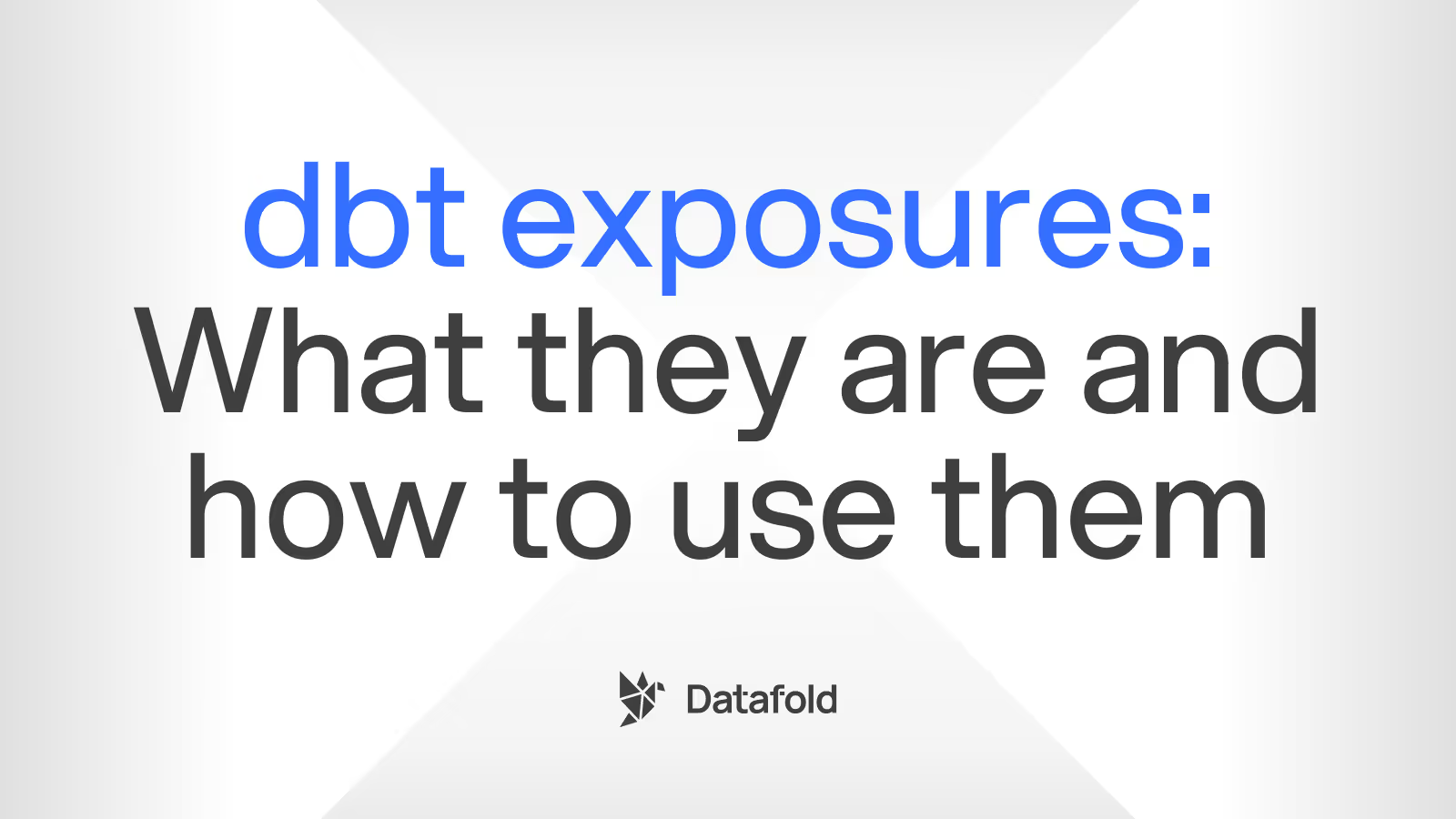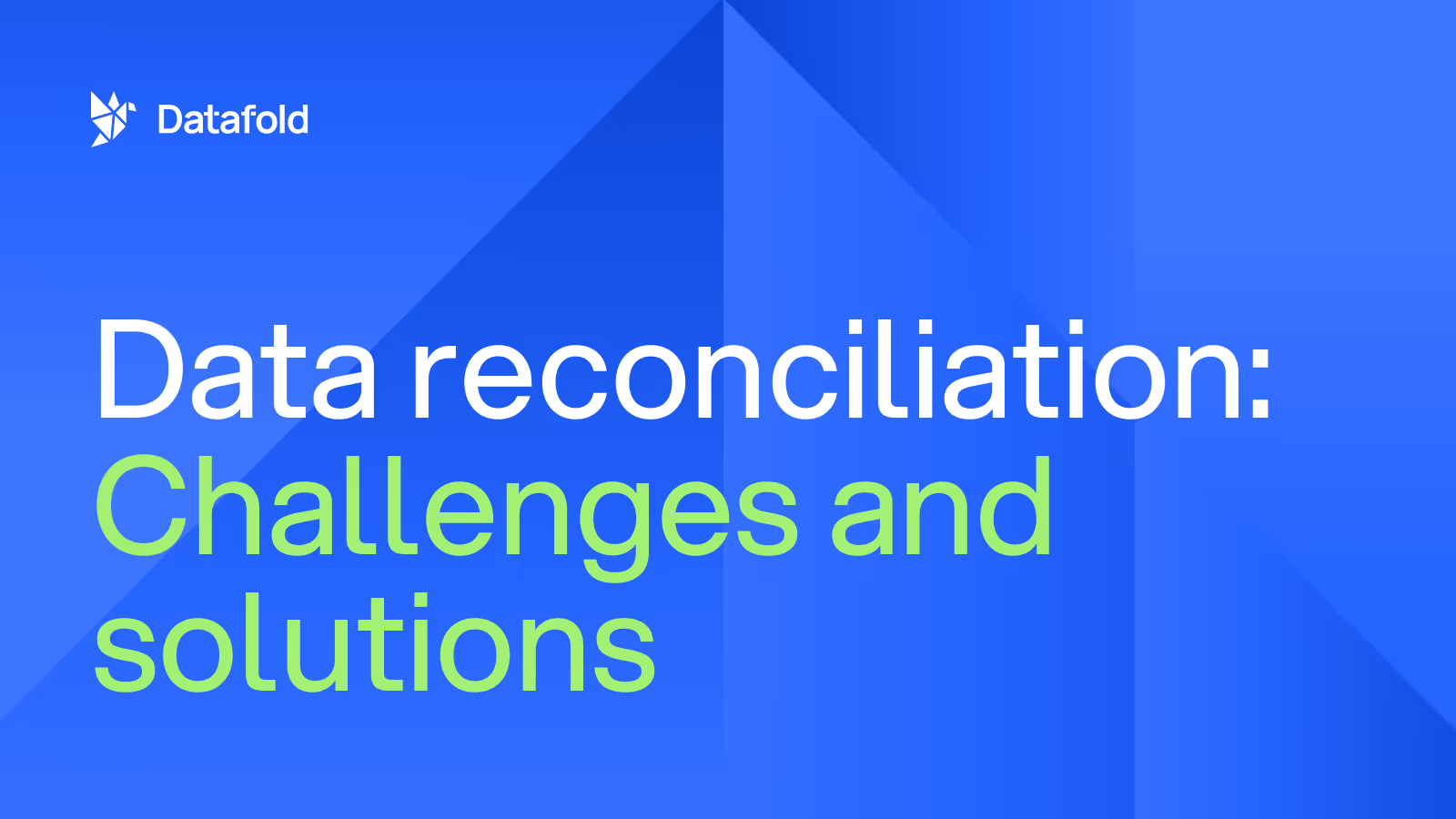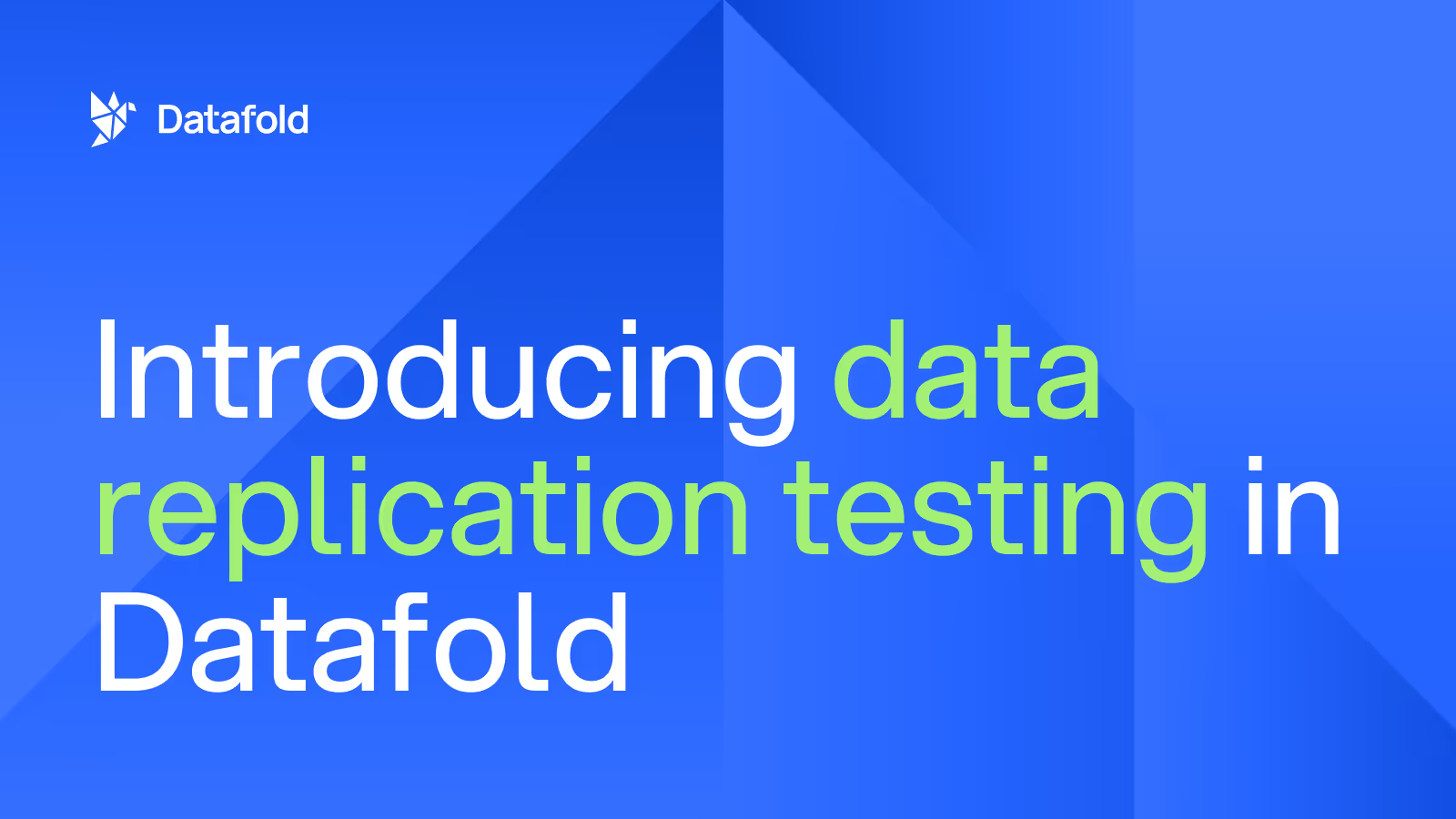Replicating Postgres to BigQuery: A practical guide
Learn how to efficiently replicate PostgreSQL data to BigQuery using best practices for schema design, query optimization, and performance tuning.
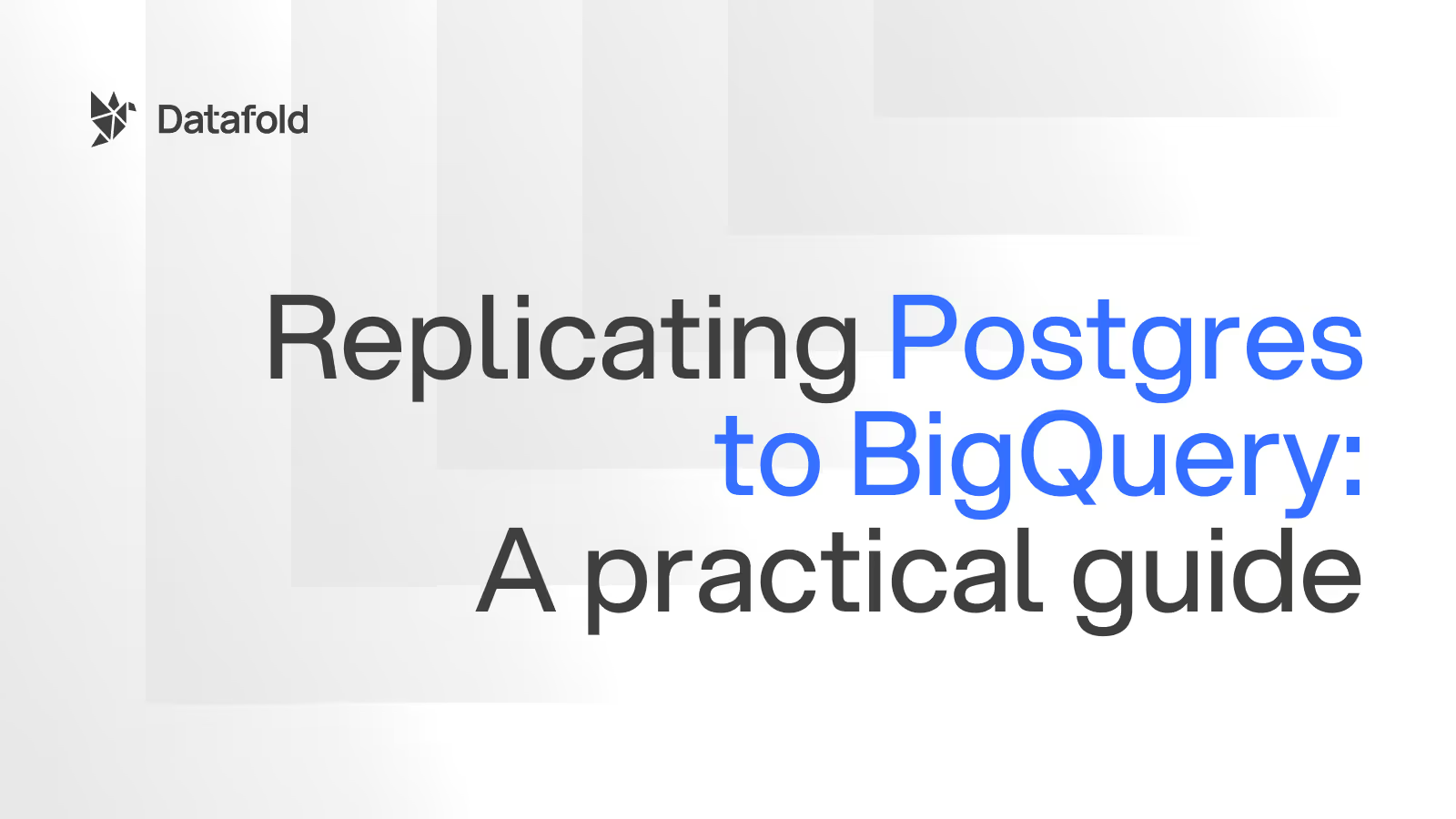
Let’s face it — data engineers spend way too much time dealing with pipeline maintenance and “urgent” data requests. In fact, 61% of data engineers spend half or more of their time handling problematic data issues. For data engineers using Postgres, some of those challenges include maintaining high query performance on large datasets (use all the joins), heavy read/write workloads leading to content and deadlocks, and frustrating storage and scaling bottlenecks. And if you’re being asked to calculate metrics and run reporting on a prod DB—forget it!
But if you replicate your data to a specialized system like BigQuery, that changes the game. You can let Postgres focus on what it does best (ACID compliance, extensibility, JSONB support) while BigQuery takes care of the heavy lifting with large-scale analytics. It keeps operations running smoothly while giving your team the insights they need without the “oh crap, our prod DB is at 90% CPU” scares.
Let’s break down why replication matters, how Postgres and BigQuery complement each other, and the steps to set up a seamless process that fits your workflow.
Blending Postgres and BigQuery for performance
Pairing Postgres and BigQuery gives data teams the best of both worlds — high-speed transactions in Postgres and fast, serverless querying in BigQuery. It’s a perfect blend, streamlining operational data analysis without overloading production systems. Let’s look at what each platform brings to the table.
Postgres: The transactional workhorse that keeps your data in line
Postgres is a rock-solid choice for managing structured data, especially when consistency, reliability, and ACID compliance matter. Its relational architecture is built for high-speed transactions, so you can handle everything from financial records to user authentication without a hitch. With powerful indexing, foreign key constraints, and advanced SQL features, it makes working with complex queries and data relationships feel seamless.
But when it comes to large-scale analytics, Postgres has its limits. Queries on massive datasets — especially those in the terabyte or petabyte range — can strain its row-based storage model. Aggregations, scans, and complex joins slow down because Postgres isn’t optimized for analytical workloads the way columnar databases are. Index maintenance becomes cumbersome, and I/O bottlenecks can lead to sluggish performance, particularly for real-time reporting.
Rather than overload Postgres with queries it cannot handle, let BigQuery handle the analytics. You’ll maintain fast transactions and your reports will scale effortlessly.
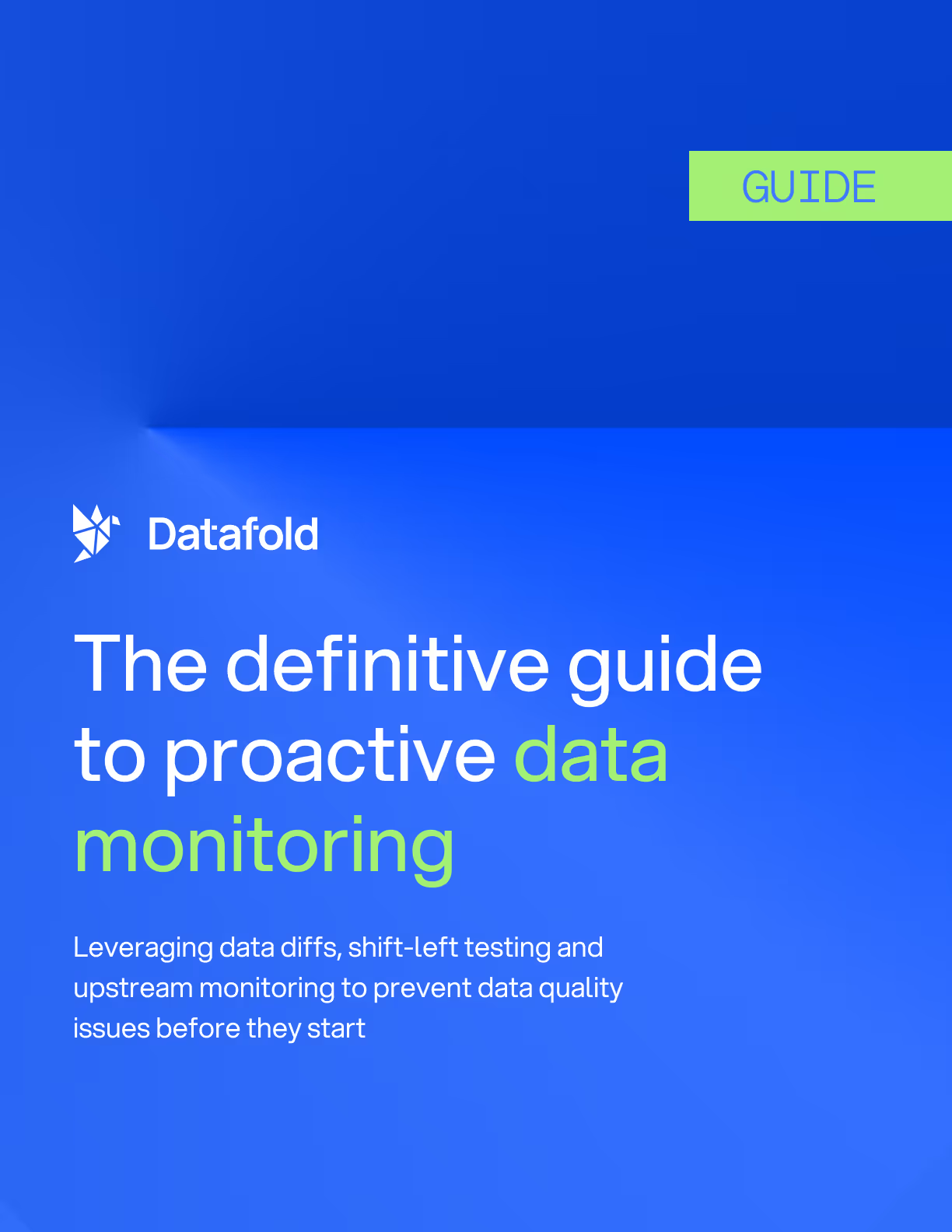
BigQuery: Engineered for scalable analytics
BigQuery is Google’s answer to heavy-duty data crunching, providing fast analytics without slowing down. In a Verizon Media study, nearly half of test queries finished in under 10 seconds — twice as often as on “a competing cloud platform.” Even when dealing with massive exports, BigQuery optimizes performance, handling up to 1 GB per file and automatically breaking larger datasets into manageable chunks for smoother processing. Data loads smoothly, and queries run without unnecessary delays.
Built for large-scale analytics, BigQuery makes easy work of complex queries, real-time aggregations, and even machine learning workloads. As data grows from gigabytes to petabytes, it scales effortlessly—no manual tuning, no tweaking, just raw performance that adapts to demand. It’s like having a database that gets stronger the more you throw at it.
Key advantages of replicating to BigQuery:
🚀 Fast processing: BigQuery handles everything from ad-hoc queries to analyzing billions of rows and training machine learning models with speed. It raises the bar for speed and efficiency —- Google reports it can scan terabytes of data in minutes.
📊 Scalability for complex workloads: Built for high-volume, high-velocity data, BigQuery is a natural fit for industries like finance (risk modeling), retail (demand forecasting), and media (real-time audience analytics). Its SQL-like query capabilities make it easy to work with structured and semi-structured data at scale.
🔗 Seamless integrations: BigQuery works effortlessly with other Google tools like Looker and Data Studio to make reporting and team collaboration smoother than ever.
Impressive processing speeds aren’t the only thing BigQuery brings to the table — it transforms massive datasets into meaningful insights. Financial institutions rely on it for risk analysis and fraud detection, while media companies use it to track real-time audience behavior and optimize content and ad targeting.
With its unmatched scalability, BigQuery is a smart choice for data-heavy teams looking to grow without running into performance bottlenecks. Its serverless architecture gives it a distinct edge in handling large-scale analytics. Compared to Amazon Redshift, BigQuery's serverless architecture scales automatically and handles large datasets efficiently, requiring little to no manual tuning.
Best practices for a seamless Postgres-to-BigQuery replication
Without a thoughtful approach, you can run into issues like schema mismatches, slow queries, and unnecessary processing costs. Choosing the right replication strategy will determine how well your data serves both operational and analytical needs (e.g., Change Data Capture (CDC) for near real-time updates or batch processing for cost-effective syncing).
There’s plenty that can go wrong. Schema drift, inefficient transformations, and poorly optimized syncs create bottlenecks that delay reporting and drive up costs. In Postgres, poor indexing or suboptimal query structures add further strain, making it harder to maintain transactional speed and analytical efficiency.
A well-planned replication strategy enables Postgres to continue running smoothly while BigQuery delivers up-to-date, high-performance insights without unnecessary overhead.
Schema mapping to align Postgres tables with BigQuery’s columnar model
Postgres and BigQuery store and process data differently, so aligning their schemas requires careful planning. Postgres enforces a strict relational structure with well-defined data types, while BigQuery’s columnar storage is optimized for fast, high-performance analytics. Structuring data properly before replication helps minimize transformation overhead and ensures efficient query execution in BigQuery.
For example, a Postgres table storing customer transactions might use a JSONB column to hold item details for each order. In BigQuery, mapping this to nested and repeated fields preserves the data’s structure while reducing unnecessary joins. Similarly, denormalizing certain relational tables before replication can improve query speed by reducing the need for costly cross-table operations in BigQuery.
Because Postgres tables are optimized for transactional consistency and BigQuery is designed for analytical workloads, thoughtful schema mapping ensures that data remains structured for both efficiency and scalability. Tools like Datafold can help verify schema consistency before replication, reducing the need for manual adjustments in BigQuery.
Optimizing Postgres data for analytics in BigQuery
Transforming Postgres data for BigQuery enables queries to run smoothly and cost-effectively. Postgres is built for structured transactions, while BigQuery uses columnar analytics, so without the right transformations, you’re bound to hit slow queries and unnecessary overhead. A little prep work up front saves time, money, and frustration later.
- Pre-Ingestion transformations: Normalize inconsistent data types, standardize timestamps, and convert UUID fields to STRING to avoid implicit conversions that slow down queries.
- Indexing considerations: While Postgres relies on indexing for performance, BigQuery doesn’t use traditional indexes. Instead, partitioning by date fields and clustering high-cardinality columns reduces scanned data.
- Best practices for structured data: Flatten highly relational datasets where possible, ensuring frequently joined tables are pre-aggregated to minimize complex joins in BigQuery. Use nested and repeated fields instead of storing JSONB as raw text.
Efficient transformations make BigQuery queries run faster and cost less. Clean things up early, and you won’t be dealing with sluggish queries or unexpected costs down the line. That translates to less wasted processing and lower storage and compute costs.
Handling schema changes to prevent broken queries
Schema changes in Postgres are more controlled than in some other databases (e.g. MongoDB), but they can still create headaches when replicating data to BigQuery. The fallout can be messy if your replication process isn’t ready to handle it. When replication falls short, adding, removing, or renaming columns might seem routine, but those changes can easily break queries, disrupt data consistency, and throw off downstream analytics.
Take a simple customer table in Postgres:
CREATE TABLE customers (
id SERIAL PRIMARY KEY,
name TEXT,
email TEXT,
signup_date DATE
);
Now, let’s say the email column is renamed to contact_email:
ALTER TABLE customers RENAME COLUMN email TO contact_email;
If your replication setup isn’t tracking schema changes, BigQuery will still expect email, leading to failed queries or missing data in reports. A missing column might not seem like a big deal until your analytics team starts seeing gaps in customer engagement reports.
BigQuery can handle some schema updates automatically, but relying on that alone isn’t enough. Using tools like Datafold helps detect schema mismatches early — before they break queries or disrupt dashboards. Datafold proactively monitors changes to keep Postgres running smoothly for transactions — a safeguard that enables BigQuery to receive clean, well-structured data that’s ready for analysis.
Preprocessing and cleaning tools to maintain data quality
Your Postgres data might have inconsistencies, missing fields, or format variations that compromise data quality in BigQuery (it’s okay, we won’t tell anyone) — but preprocessing can fix these issues before they cause problems. Don’t overlook these gaps. Poor data quality can lead to inaccurate reports, failed queries, and inefficient processing. An ounce of prevention is worth a pound of cure. Using ETL tools like Apache Beam or custom Python scripts, you can validate and standardize data before ingestion to reduce errors and improve query performance.
For example, a web application storing inconsistent data in Postgres might result in:
(
"customer_id": "001",
"customer_name": "Alice",
"order_total": "250.75", # Stored as a string instead of a float
"order_date": "2024/01/15", # Non-standard date format
"status": "Completed"
),
(
"customer_id": "002",
"customer_name": "Bob",
"order_total": null, # Missing value
"order_date": "2024-01-16",
"status": "Pending"
}
Standardizing data types, enforcing date formats, and handling null values before ingestion prevents inconsistencies that could cause errors in BigQuery. A well-structured preprocessing workflow keeps Postgres optimized for transactions and provides BigQuery with complete and consistent data.
Choosing the right replication method: CDC vs. Batch processing
The first decision you’ll likely need to make when replicating data from Postgres to BigQuery is whether to use Change Data Capture (CDC) or batch processing. It’s the key decision to balance speed, cost, and performance impact.
For the freshest data, CDC tracks changes in Postgres and updates BigQuery in near real-time. But this benefit comes with a price. BigQuery’s append-only design handles incremental updates well, but in Postgres, CDC can increase storage and I/O demands, particularly in high-transaction environments. Without proper management, it can also slow database performance.
For less time-sensitive workloads, batch processing keeps data movement simple. If you can afford a little lag and want to save on costs, batch processing is the way to go. It periodically copies chunks of data, making it a budget-friendly option (e.g. once or twice a day instead of every 5 minutes). Large exports can strain Postgres, however, leading to performance dips if queries aren’t optimized or resource demands spike. To minimize disruptions, tuning queries, scheduling jobs during off-peak hours, and leveraging incremental batch updates can help maintain stability.
How to streamline data replication from Postgres to BigQuery
Moving data from Postgres to BigQueryis straightforward with the right setup. A well-structured pipeline prevents unnecessary complexity and keeps data flowing without interruptions. The trick is to keep data up-to-date and avoid performance bottlenecks. Done right, this setup lets teams run complex queries in BigQuery while keeping Postgres focused on handling transactions efficiently.
Setting up and planning your Postgres to BigQuery replication
Postgres replication to BigQuery requires careful planning to prevent performance slowdowns, schema mismatches, and inefficiencies in your pipeline. Here’s what to consider when setting up your replication process:
- Data transformation: Postgres uses structured tables, but differences in data types, indexes, and constraints can affect how data lands in BigQuery. Converting types like JSONB to BigQuery’s STRUCT or handling ENUMs requires pre-planning.
- Incremental replication: Change Data Capture (CDC) tools like Debezium, Fivetran, or Hevo Data capture and sync changes from Postgres to BigQuery without needing full-table replication.
- Performance optimization: Using partitioning (e.g., on timestamp fields) and clustering (e.g., on customer_id) in BigQuery speeds up queries while reducing storage costs.
- Schema mapping: Postgres enforces strict schemas, while BigQuery is more flexible. Ensure smooth replication by mapping Postgres data types correctly—handling issues like ARRAY and JSONB fields properly.
Putting these steps in place upfront helps prevent troubleshooting later and keeps your pipeline efficient. It’s a lot easier to plan for these challenges now than to scramble for fixes when something breaks.
Four key strategies for reliable Postgres to BigQuery replication
Replicating Postgres to BigQuery isn’t as simple as flipping a switch — you’ll need to invest in planning and ongoing maintenance to keep the process running smoothly. At first, it might seem like a straightforward process: move data from point A to point B. But once you start dealing with schema mismatches, slow syncs, or missing records, you realize it’s more like keeping a well-oiled machine in check.
Don’t neglect the details. — a few small issues can snowball if you’re not paying attention. Here’s how to keep the running efficiently:
- Leverage Change Data Capture: CDC tools make it easier to keep Postgres and BigQuery in sync without overloading your database. They track only what’s new or updated, making the process much more efficient. Several tools exist to handle these incremental updates seamlessly, so you’re not constantly moving unnecessary data.
- Monitor and validate replication health: A replication pipeline is only as good as its consistency. You can avoid surprises by regularly checking for schema drift, missing records, or slow query performance. Automated validation tools like Datafold can help catch discrepancies early, reducing the risk of silent data issues impacting analytics.
- Optimize replication frequency: Not all workloads require real-time updates. If dashboards or reports require fresh data every few minutes, a fast sync interval (5-10 minutes) keeps things current. Over-synchronization can lead to unnecessary strain on Postgres, so balancing sync frequency with business needs is key.
- Automate schema mapping: Postgres schema changes, such as altering column types, adding new fields, or modifying table structures, can create inconsistencies if they aren’t properly mapped to BigQuery. Automating schema updates with transformation tools like dbt helps prevent errors and ensures that downstream queries remain intact.
How well you implement these strategies can mean the difference between a smooth-running data pipeline and one that constantly slows you down. A well-optimized, reliable setup lets you spend less time fixing issues and more time actually using your data to drive insights
Preparing Postgres data for BigQuery analytics
Good analytics starts with good data preparation. Cutting corners here will only lead to frustration down the road. Before loading Postgres data into BigQuery, make sure it’s structured for efficient querying and analysis. Here’s what to address:
- Handling data types: Convert Postgres-specific data types like UUIDs, JSONB, and custom ENUMs to compatible BigQuery formats (STRING, STRUCT, etc.). JSONB, for example, needs to be transformed into BigQuery’s STRUCT or flattened for easier querying. ENUMs, which don’t have a direct equivalent in BigQuery, are often best stored as STRING values to maintain consistency.
- Managing historical data: Postgres maintains row-based history, but historical tracking in BigQuery may require strategies like slowly changing dimensions (SCDs) or append-only tables. Since BigQuery is designed for analytics rather than transactional updates, maintaining versioned snapshots of records allows for better trend analysis. If historical tracking is essential, consider implementing a time-partitioned approach to separate current and historical records cleanly.
- Deduplicating updates: Since BigQuery is append-only, updating records efficiently requires using MERGE statements instead of simply inserting new data. Without a proper deduplication strategy, you may end up with redundant records that skew your reports. To maintain accuracy, use a unique identifier in Postgres (like a primary key) and apply deduplication logic before merging data into BigQuery.
- Partitioning for performance: Use BigQuery’s partitioning and clustering features to optimize query speeds and reduce costs. Partitioning on timestamp fields, like event_time or created_at, keeps queries scoped to relevant data rather than scanning entire tables. Clustering on high-cardinality fields, such as user_id or transaction_id, helps speed up lookups and aggregations without unnecessary compute costs.
Taking the time to structure your data properly before replication — it will save you from dealing with slow queries, bloated storage, and unexpected reporting issues down the line.
The difference best practices make in data replication
We recommend following data replication best practices to maintain data accuracy and support your analytics efforts without hiccups.
Let’s take a look at these Postgres-to-BigQuery practices:
How Datafold simplifies Postgres-to-BigQuery data replication
Replicating data between Postgres and BigQuery can feel like balancing a house of cards in a wind tunnel. But that’s where Datafold comes in — it simplifies the process with a cross-database diffing tool that continuously monitors your data and catches discrepancies before they turn into real problems. It acts as a safeguard by making sure your BigQuery data stays in sync with Postgres.
That goes a long way in maintaining data integrity and keeping your analytics on solid ground. But Datafold also tracks schema changes in Postgres and alerts you in real time when tables, columns, or data types are modified. No more surprise errors from breaking changes or mismatched data—it’s like getting a warning light before things go off track. Datafold’s validation pipelines run in the background, automatically flagging inconsistencies so your analytics remain reliable as your data grows.
Managing Postgres-to-BigQuery replication can eat up valuable time, but with Datafold, the heavy lifting is automated. That means you can spend less time debugging pipelines and more time extracting insights. With accurate, consistent data fueling BigQuery’s analytics, your reports and dashboards reflect reality—not guesswork.
Want to see it in action? Schedule a demo today.

.avif)

.avif)
